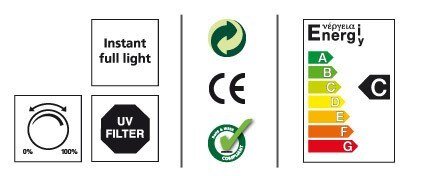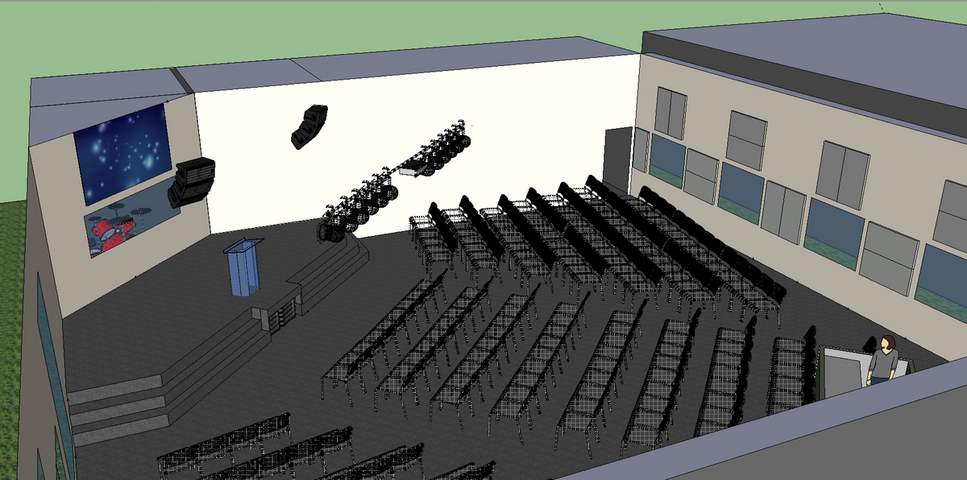epimetheus
Well-Known Member
You sure you want to go with incandescent lighting? There is a lot of pressure to make incandescent a thing of the past. To do a new install, I would opt for some of the LED solutions out there. We just got done converting about 30k of incandescent house lighting over to LED in my church. 2700 is a must as far as color in a church. The results are impressive, and our wattage draw is down over 85%. Dimming curve is also impressive. Yes, they cut out at about 5% or less, but smooth above that number. Stick with major brands and try before you buy. Not all LEDs are created equal.
JD, what fixtures did your church go with?





